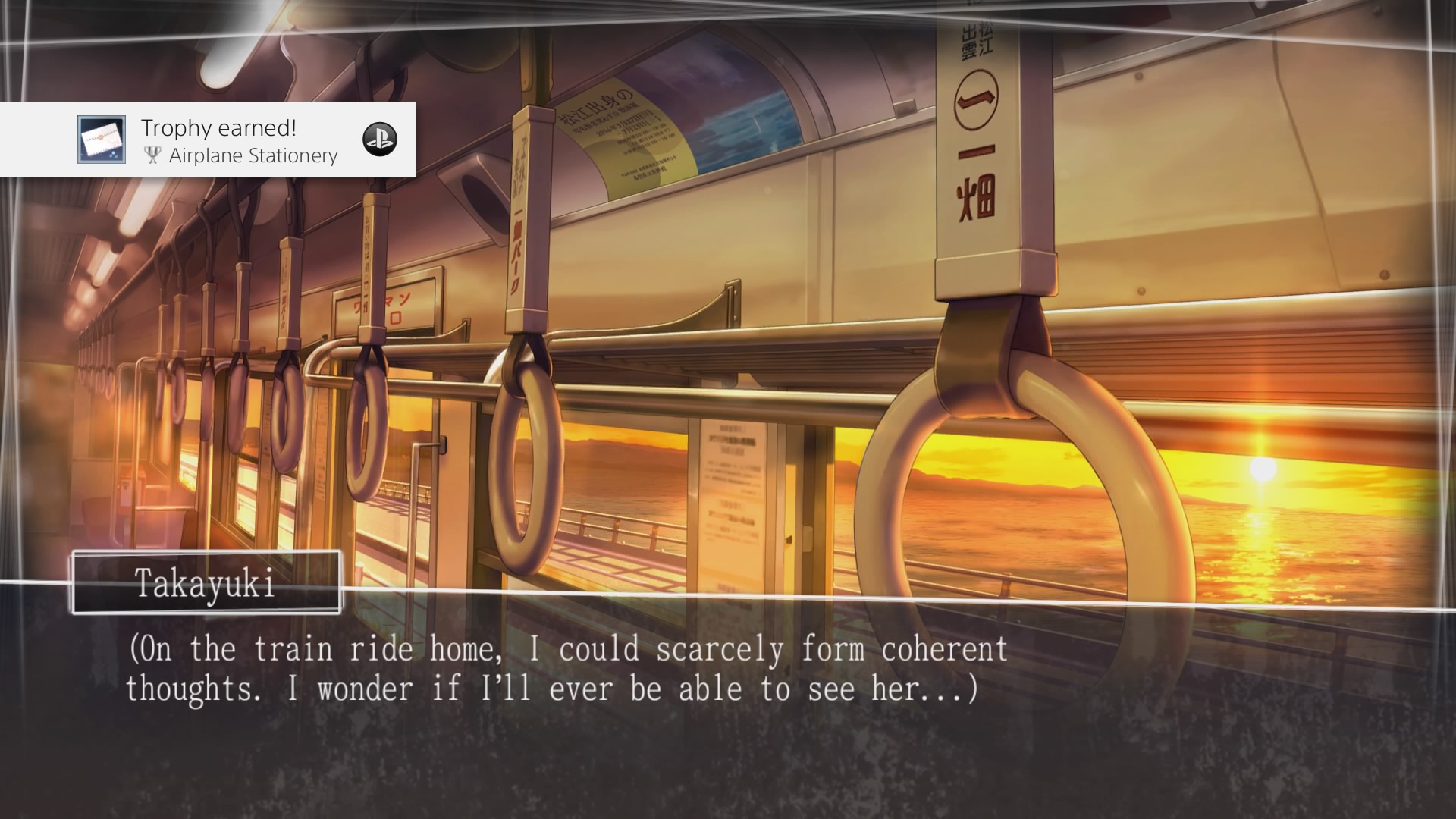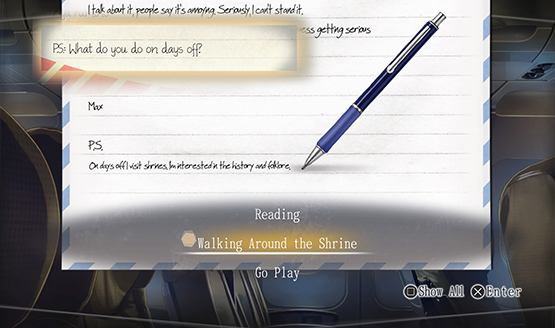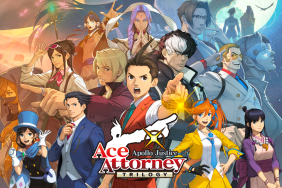When I was in junior high and high school, we sometimes developed penpal projects, where we would write physical letters to complete strangers across the world, sharing our experiences and cultures. By the time 1999 rolled around, the art of the letter was pretty much dead, and everyone turned to e-mail. In many ways, the friends we make on the Internet, especially the ones we never meet, are our modern-day penpals. Sometimes we are able to meet these penpals, but most often, we never do. √Root Letter is a story about such a penpal who wants to meet his correspondence comrade 15 years after they stopped sending letters. Even though this took place in 1999, when e-mail was pretty prevalent, the two wrote physical letters via snail mail.
So why on earth would this 30-year-old man suddenly want to put his life on hold and travel to the Shimane prefecture to find his high school penpal he hadn’t written to in 15 years? While packing up his belongings for a move to a new job, he finds a letter he never opened and wasn’t even postmarked. In this letter, his penpal says he won’t hear from her again, because she just killed someone. Suddenly, he needs to find her and find out what happened, and so does the player. Intrigue has been set, and everyone involved is ready to get to the root of this mystery. That said, have you ever read a mystery book where the underlying truth of the matter was unsatisfying to the point you wondered why you wasted your time? Unfortunately, this visual novel will leave you with those exact feelings at the end.
Great Hook, Little Follow Through
It’s hard to not be instantly curious upon reading the last, unopened letter from Takayuki’s penpal, Aya Fumino. She killed someone? Who? Why? What happened to her next? The only clues Takayuki (nicknamed Max, because he takes everything to the max) has to go on are her last known address in Matsue and the nicknames of her friends from her letters. When he arrives in the city, he goes to her last address and sees it’s a vacant lot. The locals tell him that 15 years ago, the Fumino residence burned down and the lone survivor was Mr. Fumino, a local college professor. When he asks about Aya Fumino, they tell him that Aya Fumino died 25 years ago from an illness. Now the intrigue is at an all time high, which only strengthens as Max researches Aya’s past and learns she really did die 25 years ago. Obviously, he wants to find out who was writing him 15 years ago, and he can’t get any of Aya’s high school friends to tell him what happened.
Max chases ghost stories and other wild tales in his pursuit of the truth. As much as he questions the entire town and grills Aya’s classmates, he practically becomes a stalker. Even worse, he’s rather mean to nearly everyone he meets. When it’s obvious Aya’s friends don’t want to talk to him, he digs deep and dredges up all these painful memories to coerce them into talking. Some of the things he says to them is just awful, and I really disliked his character by the end. Aya’s nicknames for her friends weren’t the nicest in the world (Bestie, Bitch, Snappy, Shorty, Four-Eyes, Fatty, and Monkey), and Max constantly calls them by these mean names, to their faces, even after learning their real names. I cringed every time he said “Bitch,” “Four-Eyes,” or “Fatty” when addressing them. They would ask him to stop calling them those names, but he would do it anyway. No wonder he lost touch with his high school friends. I’m playing as him and I don’t like him.
As Max unravels the truth and digs to the root of the matter, the overall plot just falls apart. While it was fascinating to learn who his penpal was, her friends’ reasoning behind not telling him the truth was weak at best. Also, that supposed murder Aya told him about in her last letter? That was probably the biggest disappointment of them all. Upon completing the game, the player will learn that they don’t have the whole story, and only repeated playthroughs and seeing the other endings will present the complete picture. It’s a little hard to see how different endings could develop, but it’s even harder to find motivation to go through all of that again just to get some new information. It’s not a quick playthrough, either, and the first time running through it can take up to 10 hours.
Uninspired Gameplay
At its heart, √Root Letter is a visual novel, but it tries to be a quasi-point-and-click adventure at the same time. Each time Max travels to a new location, he will have to talk to people, inspect his environment, present items he finds, or simply think on what he should do next. The “Think” command appears to be a help button for the player, to give hints what to do next, and it most certainly does do that. It’s also an occasional required command to progress through an investigation. I say that it’s “quasi,” because Max can’t leave an area until he has asked the right questions or found the items he needs to progress. Most point-and-click adventures these days don’t have the crazy unwinnable scenarios like they did in times of old, but this one doesn’t even have a possibility of failing. Why make it a point-and-click adventure at all and simply keep the visual novel vibe?
It’s also painfully obvious that the developer wasn’t sure how to really make this a point-and-click game. The biggest problem I ran into was getting stuck talking to someone after I ran through all the dialogue options, think options, check options, and present item options, and I still couldn’t leave the area. What happened was that the dialogue options would indeed change, but the names of the selections wouldn’t. While it would appear I was going to ask them the same thing I already did, it wasn’t always the case. These choices need to change their wording to make it more clear to the player that the dialogue is different now.
Perhaps the strangest parts of the gameplay were the investigations Max would undertake in order to get one of Aya’s classmates to admit they were indeed her friend. Max would have to ask specific questions and present specific items in a specific order to get the former friends to open up. Each time he chose incorrectly, he’d get one strike and would be one step closer to the classmate walking out on him. Here, the Think command is extremely valuable to help prevent making mistakes. However, if the person does leave, the player can try all over again immediately with no real punishment for failing.
The same goes for “Max Mode,” where the player has a limited time to select one of a few dialogue choices to really hammer a point home. If you miss or choose the wrong one, there’s no limit to how many times you can try again.
At the beginning of each chapter, Max takes out one of the letters he received from Aya, re-reads it, and reminisces on what his responses were. The player gets to choose his responses, and it appears that it’s these responses that change which ending you will see. After the first playthrough, additional responses will unlock, opening more possibilities to get the full story of Aya Fumino and her friends. It does have that replayability going for it, but the question is, will anyone care after learning what really happened 15 years ago?
√Root Letter has many interesting ideas, but they never fully gel together at the end. I had high hopes after the first couple of hours of gameplay, but it was hard to continue after determining I did not like Max at all. It was even harder to like it after learning who Aya was. Perhaps the multiple endings do make it all easier to swallow and there is something mind-blowing within, but I doubt many will feel enticed to replay to find out.
√Root Letter review code provided by publisher. For more information on scoring please see our Review Policy here.
-
Unique mystery
-
Plenty of replayability
-
Unique gameplay
-
Unclear dialogue choices
-
Little motivation to try not to fail an investigation
-
The underlying root of the story is rather weak
-
Not enticing enough to replay it
Root Letter Revoo
-
Root Letter Revoo #1
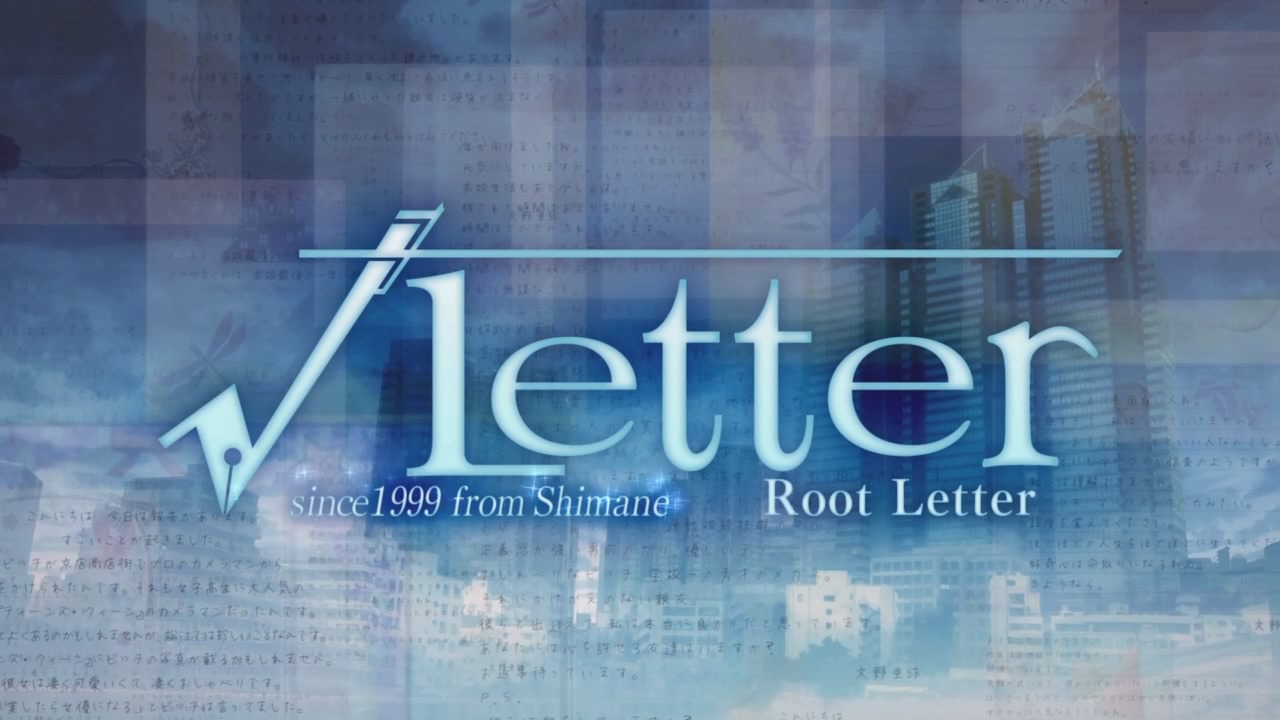
-
Root Letter Revoo #2
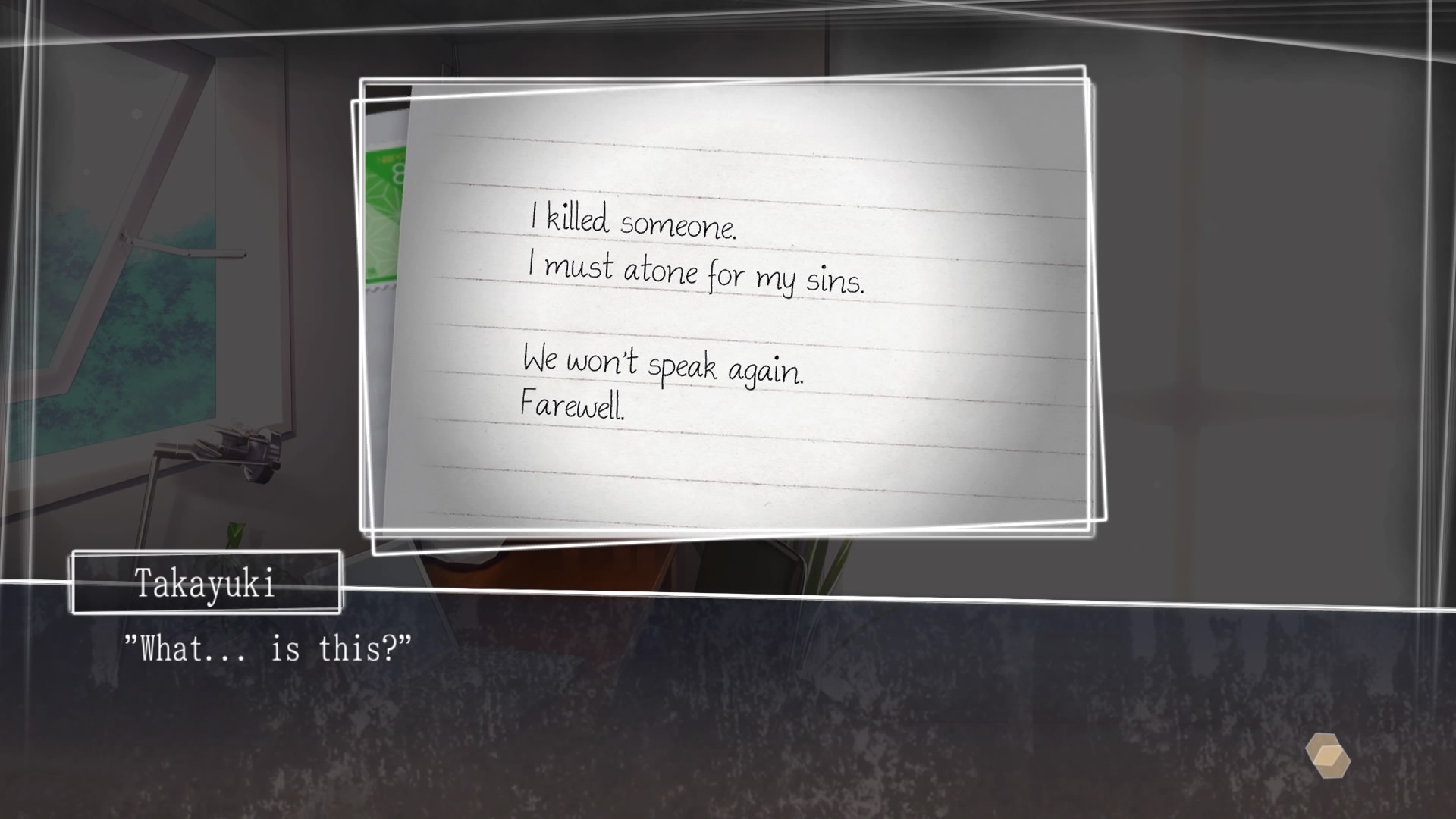
-
Root Letter Revoo #3
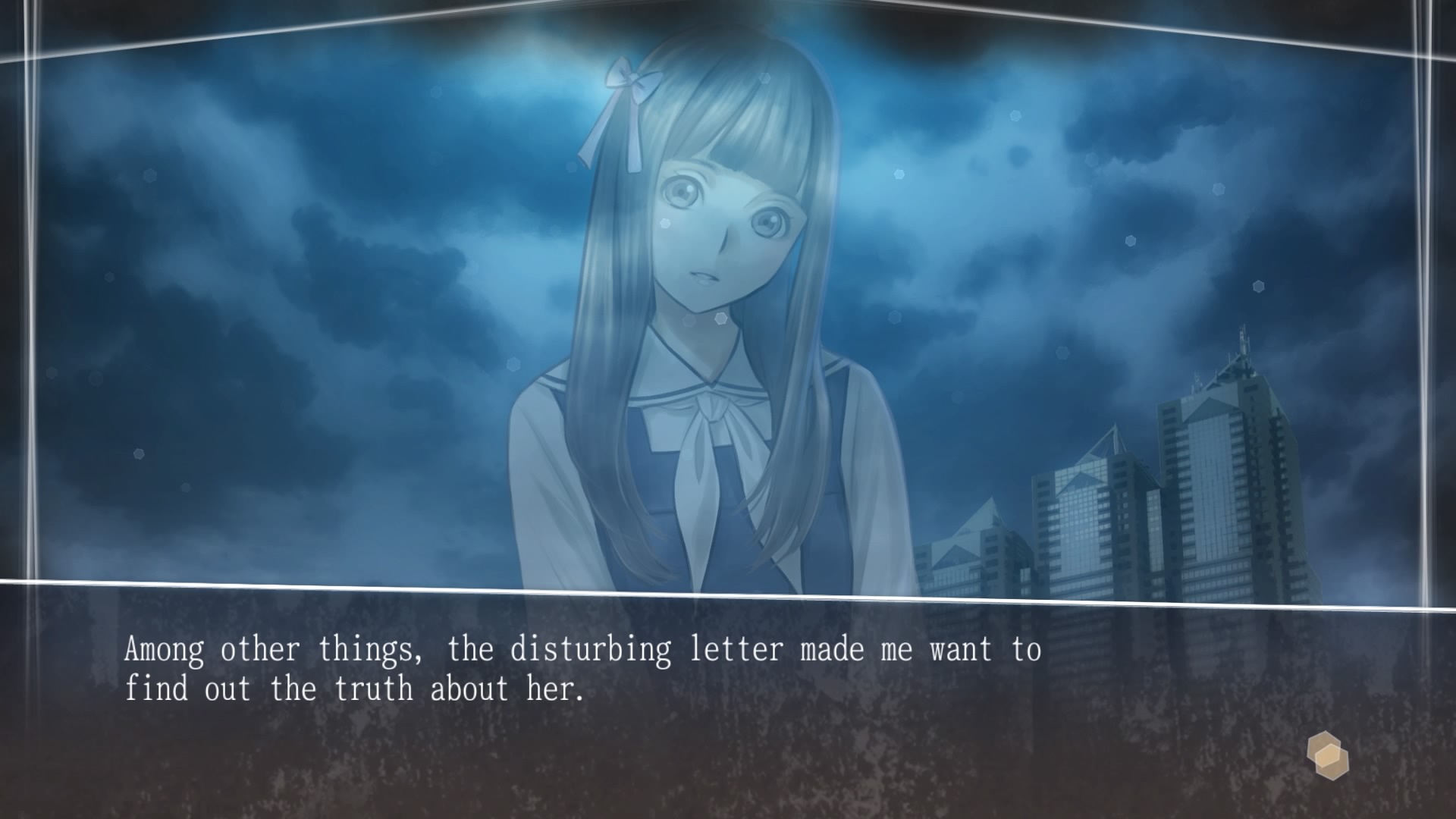
-
Root Letter Revoo #4
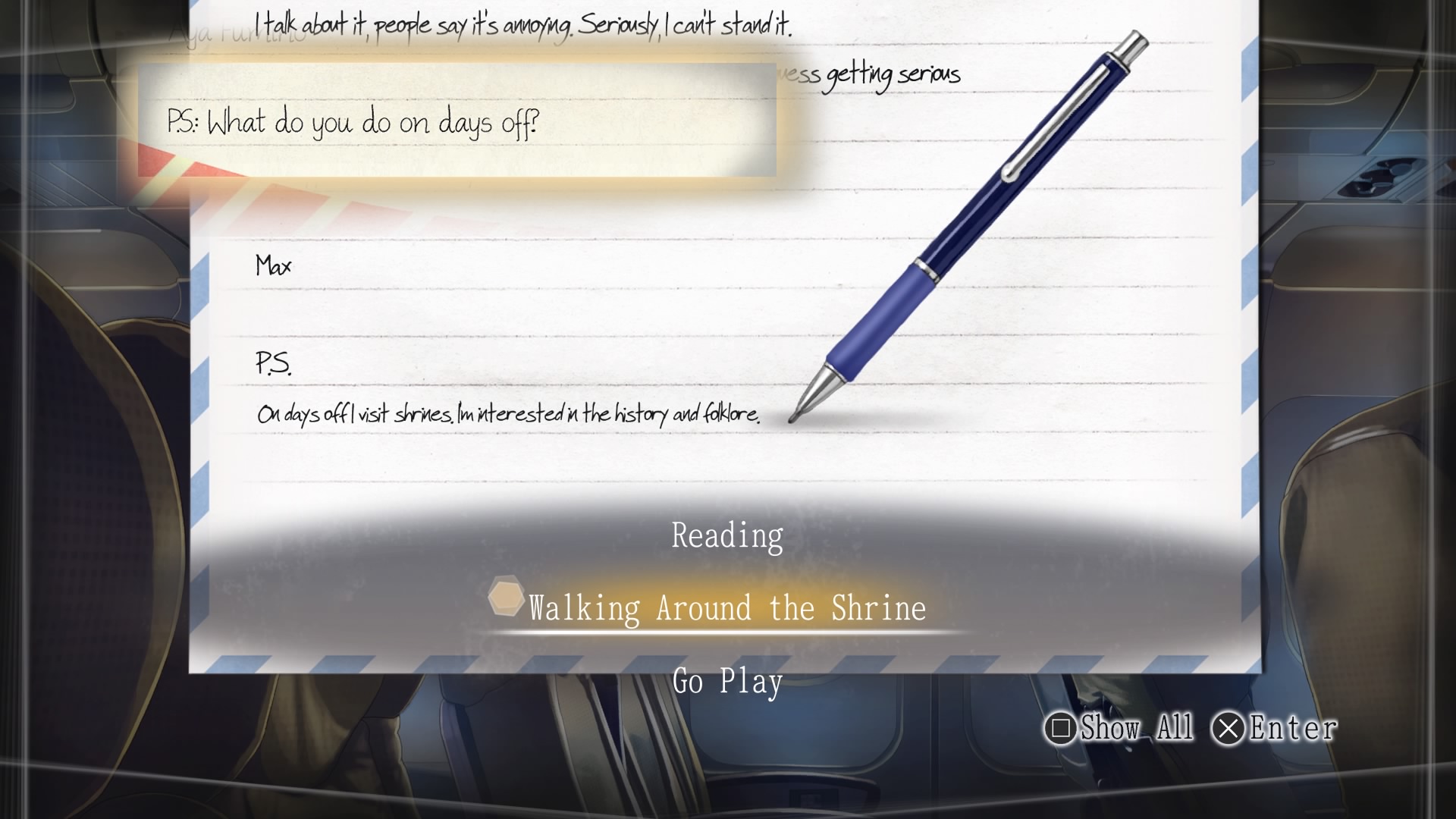
-
Root Letter Revoo #5
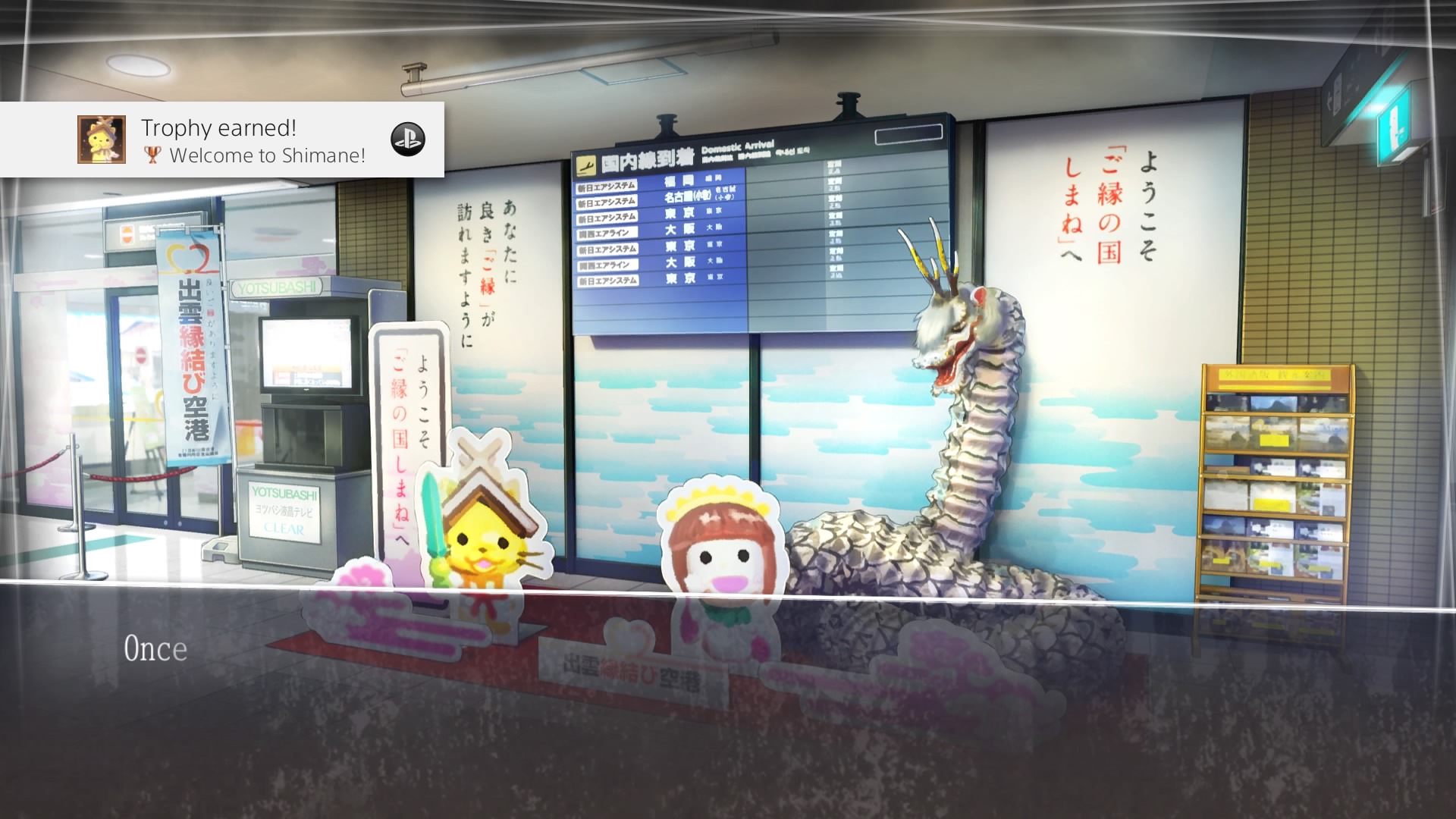
-
Root Letter Revoo #6
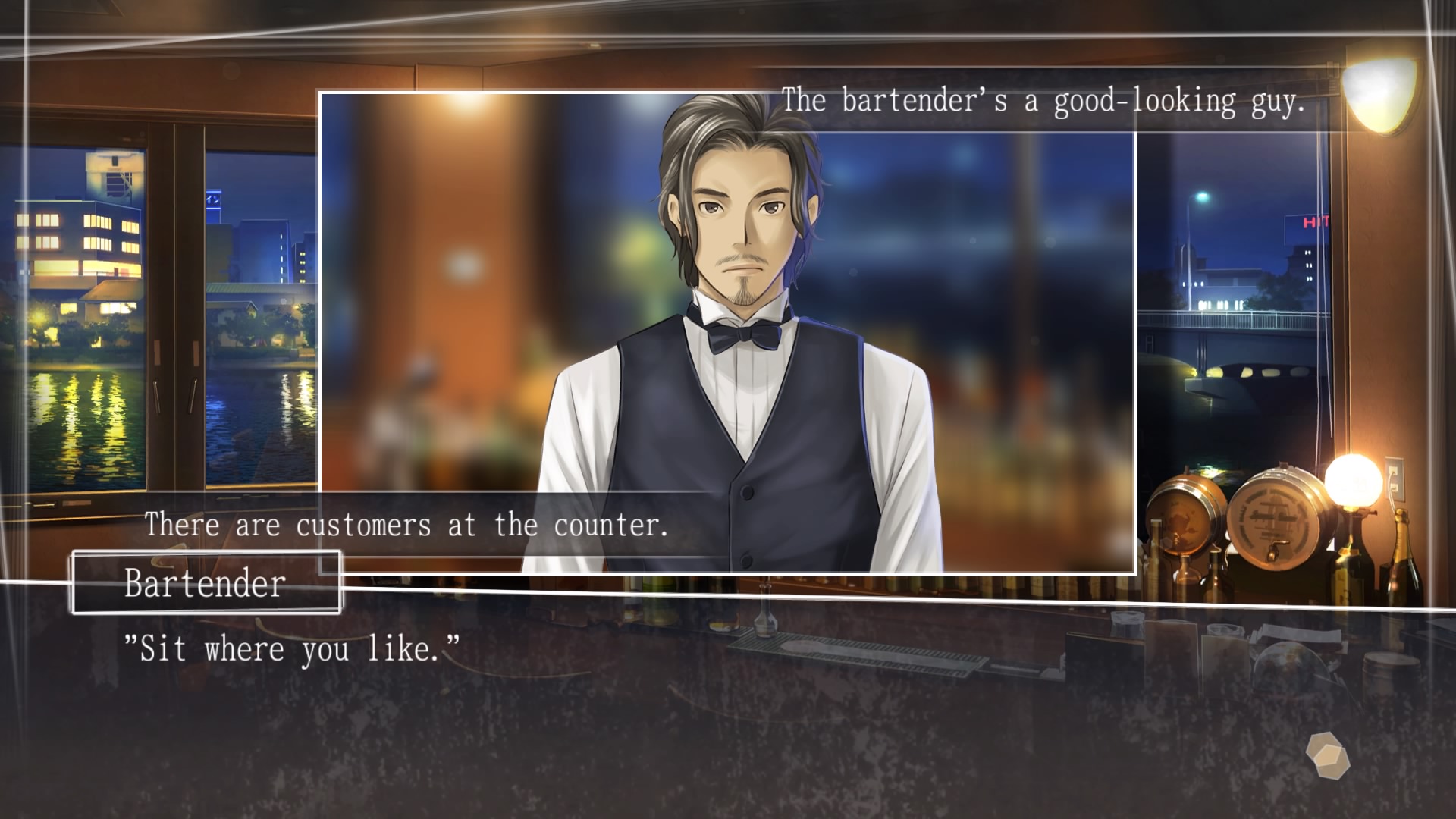
-
Root Letter Revoo #7
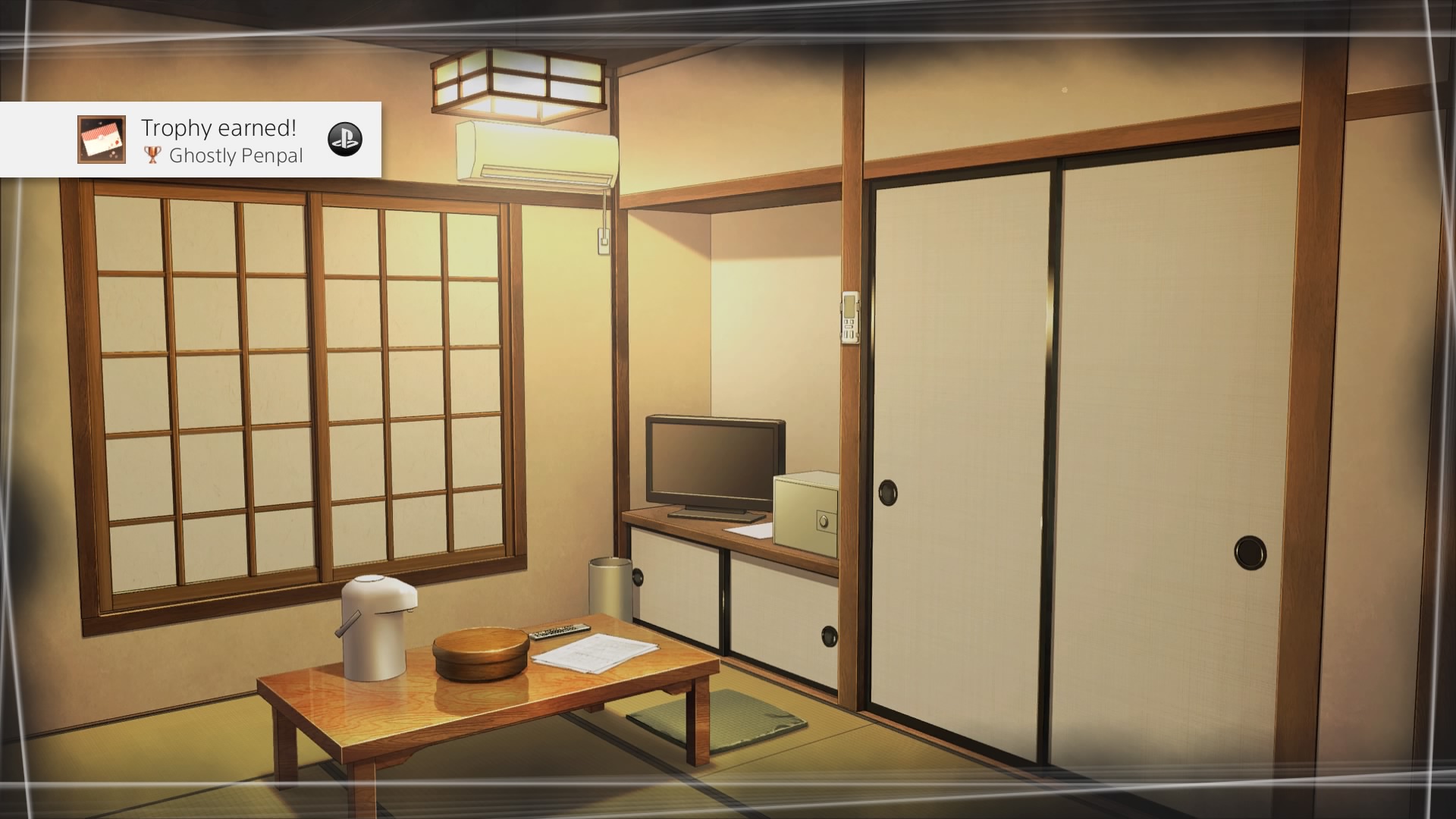
-
Root Letter Revoo #8
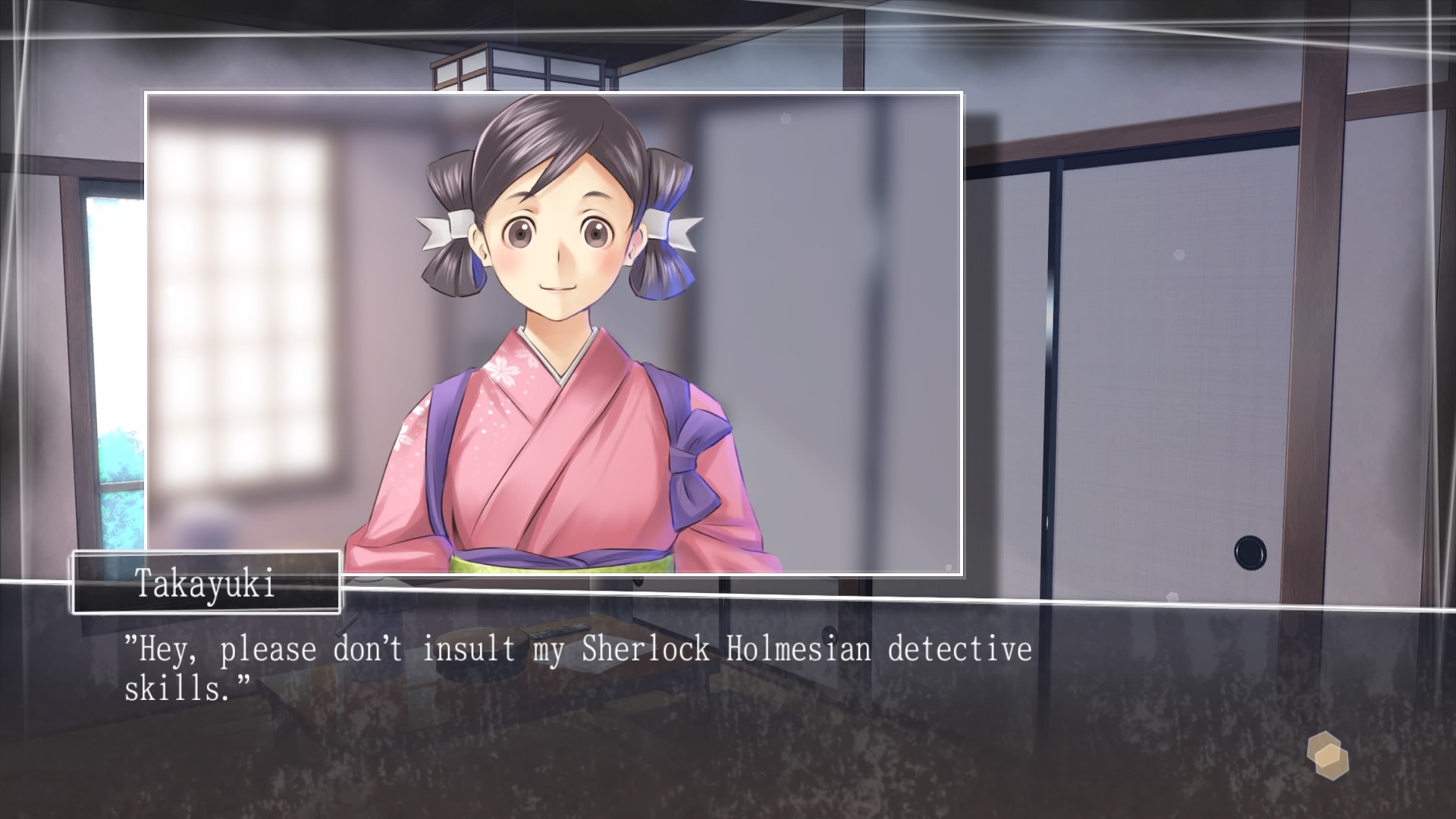
-
Root Letter Revoo #9
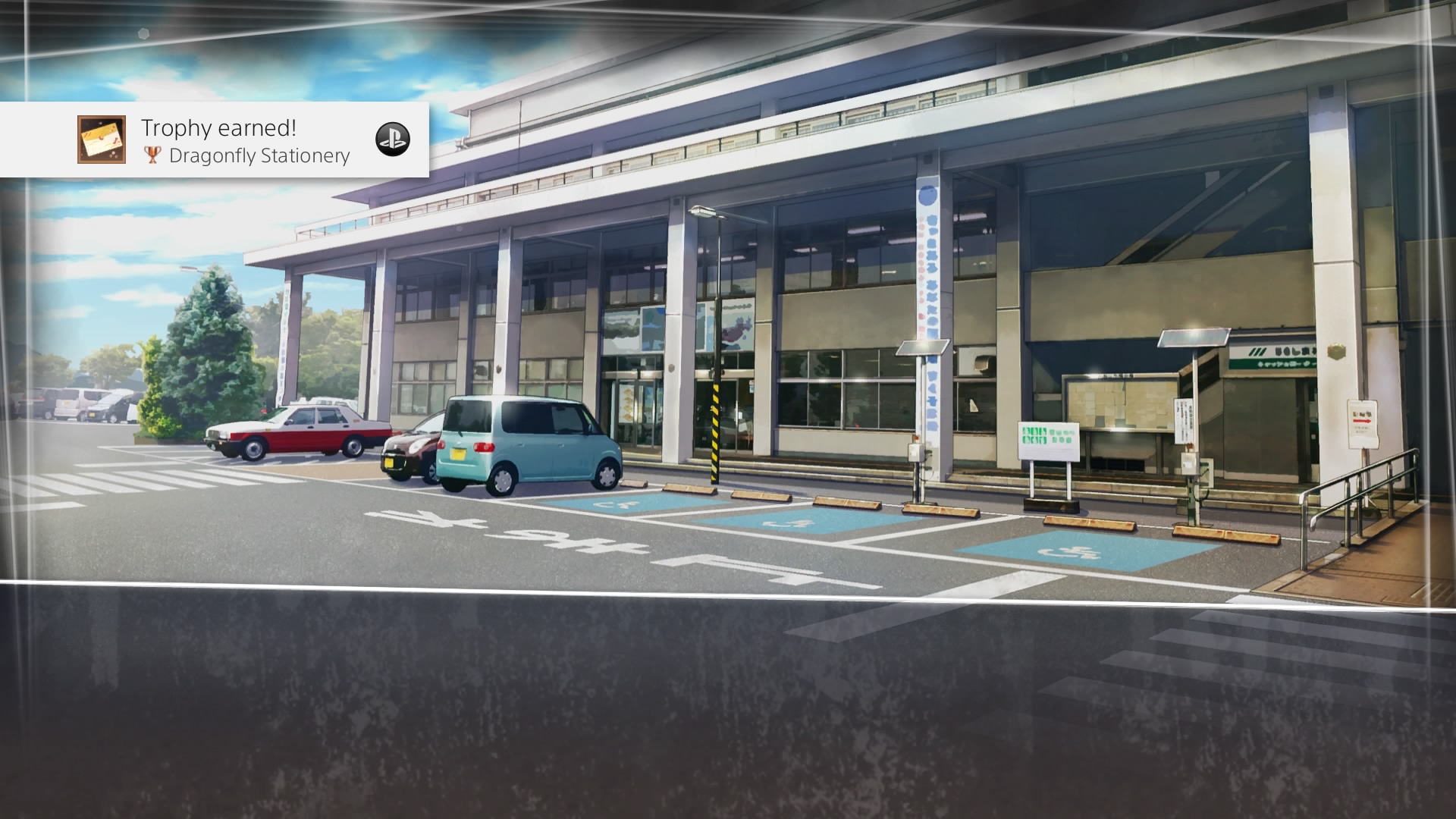
-
Root Letter Revoo #10
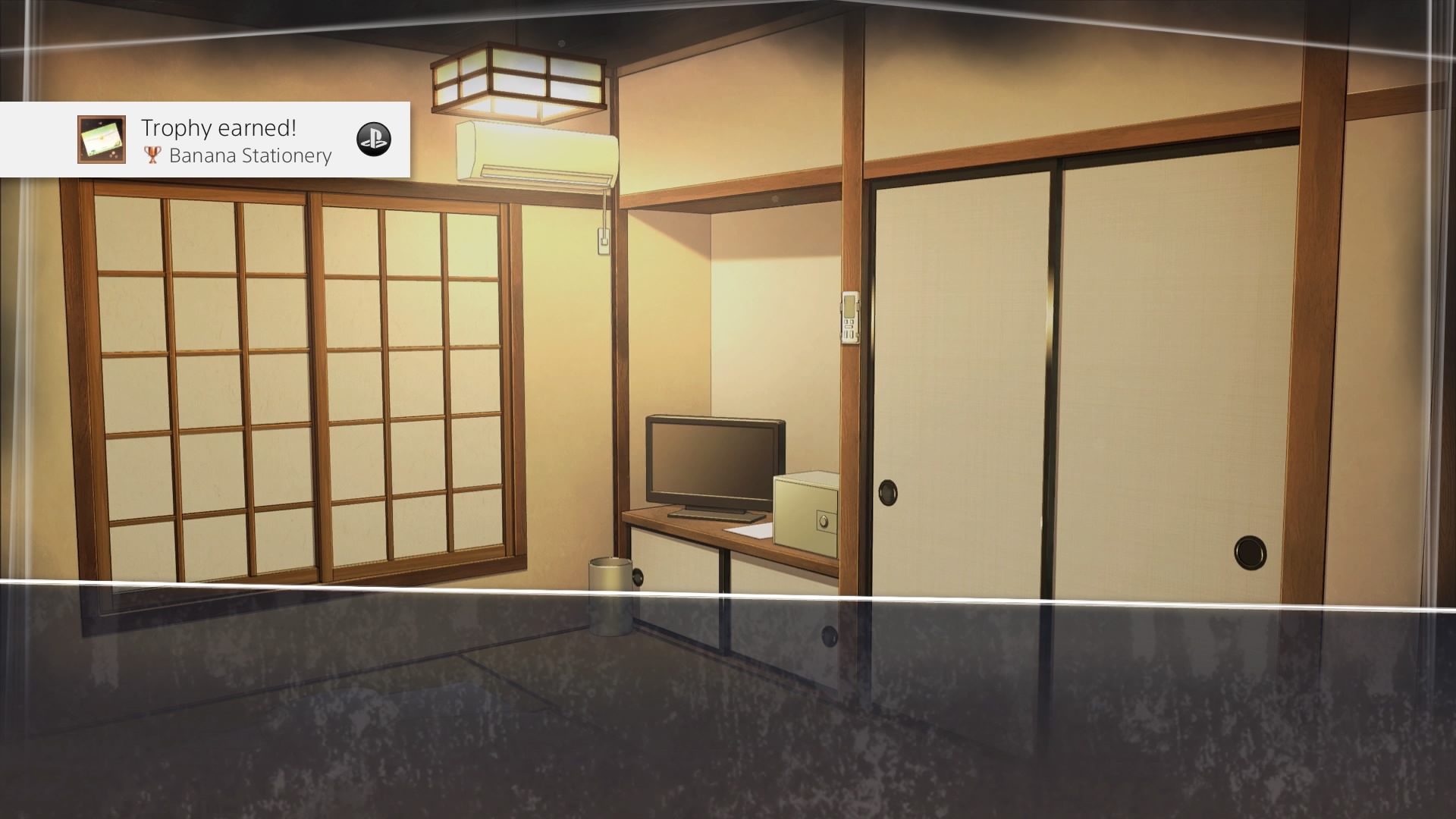
-
Root Letter Revoo #11
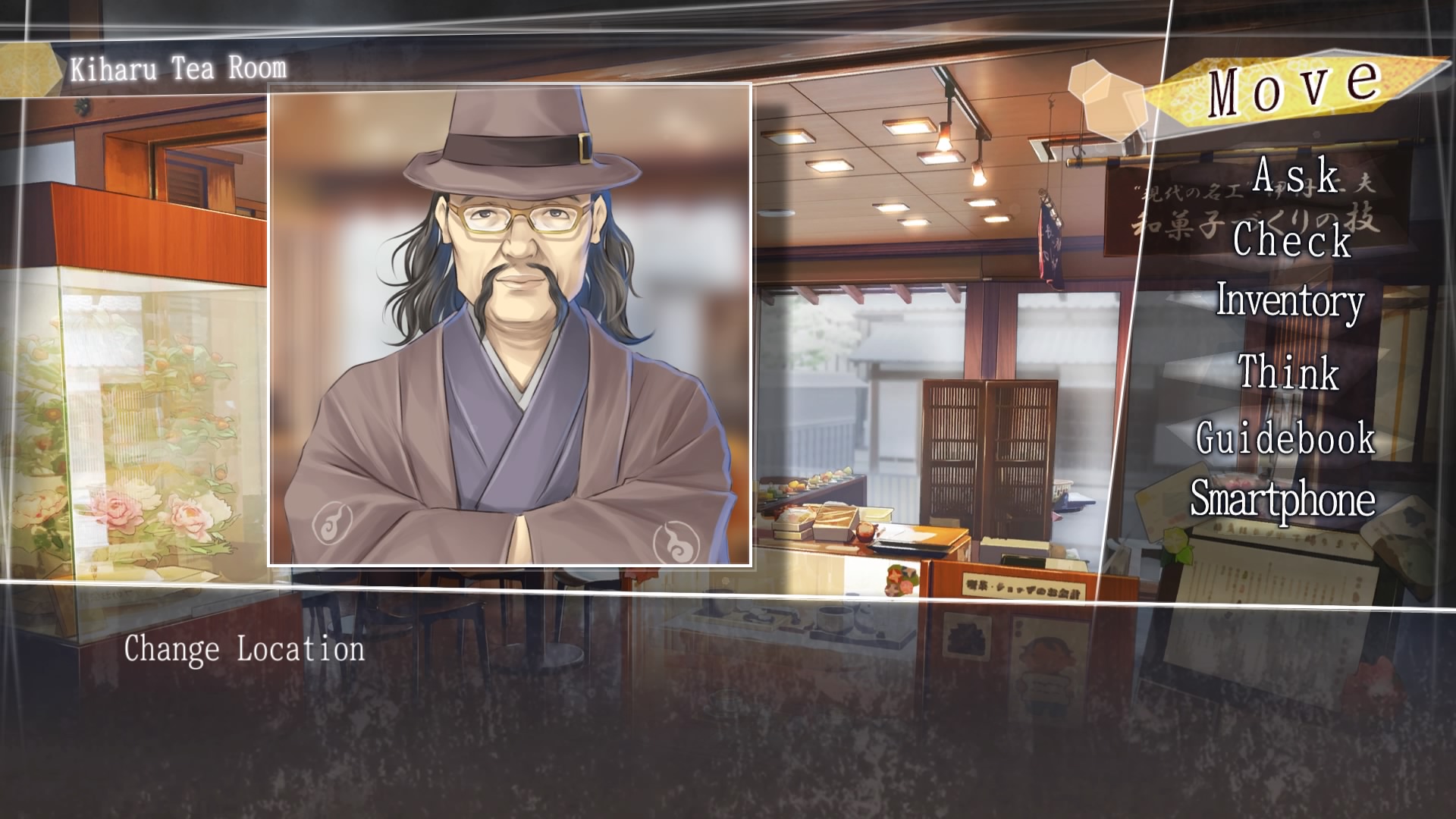
-
Root Letter Revoo #12
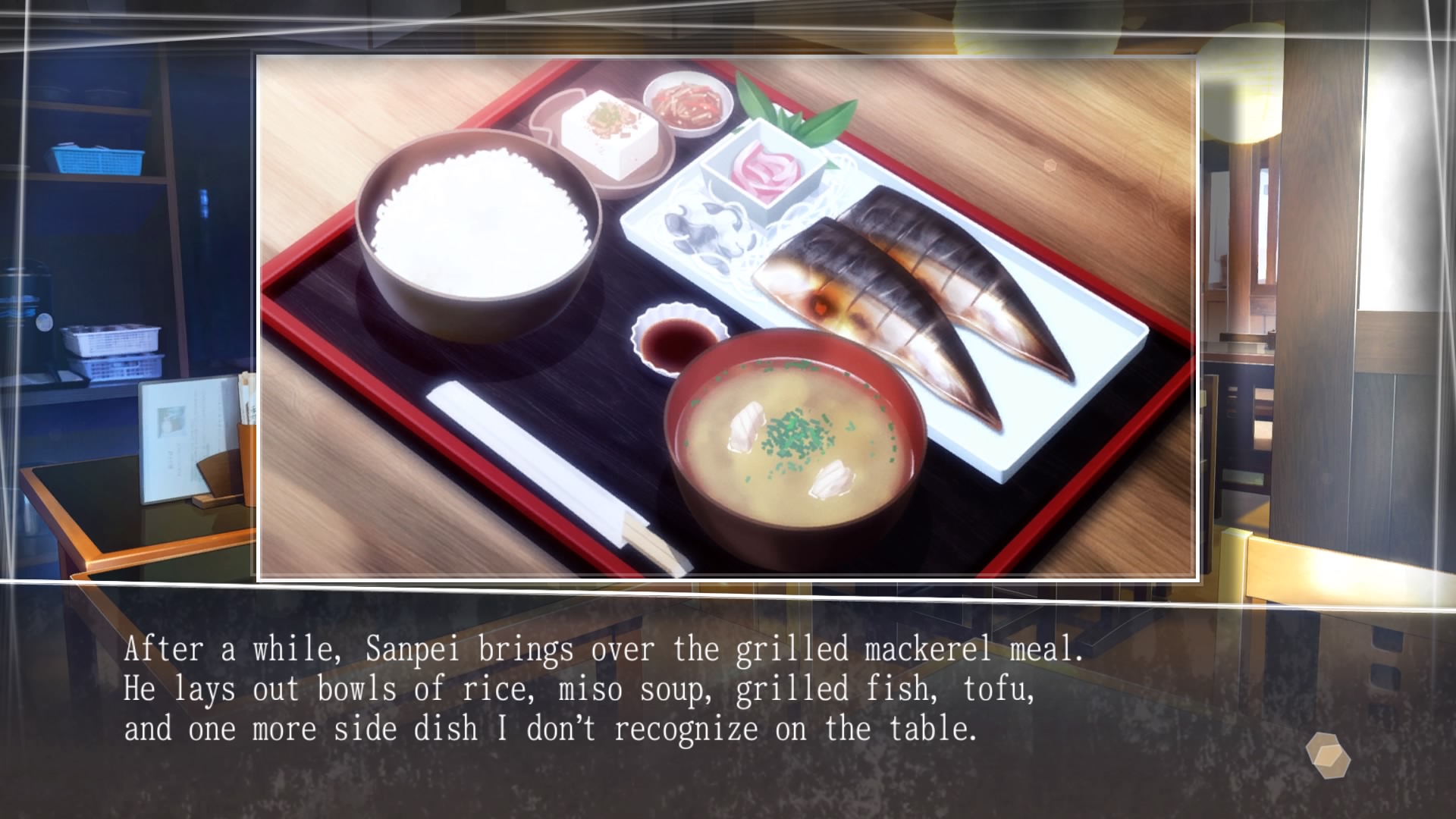
-
Root Letter Revoo #13
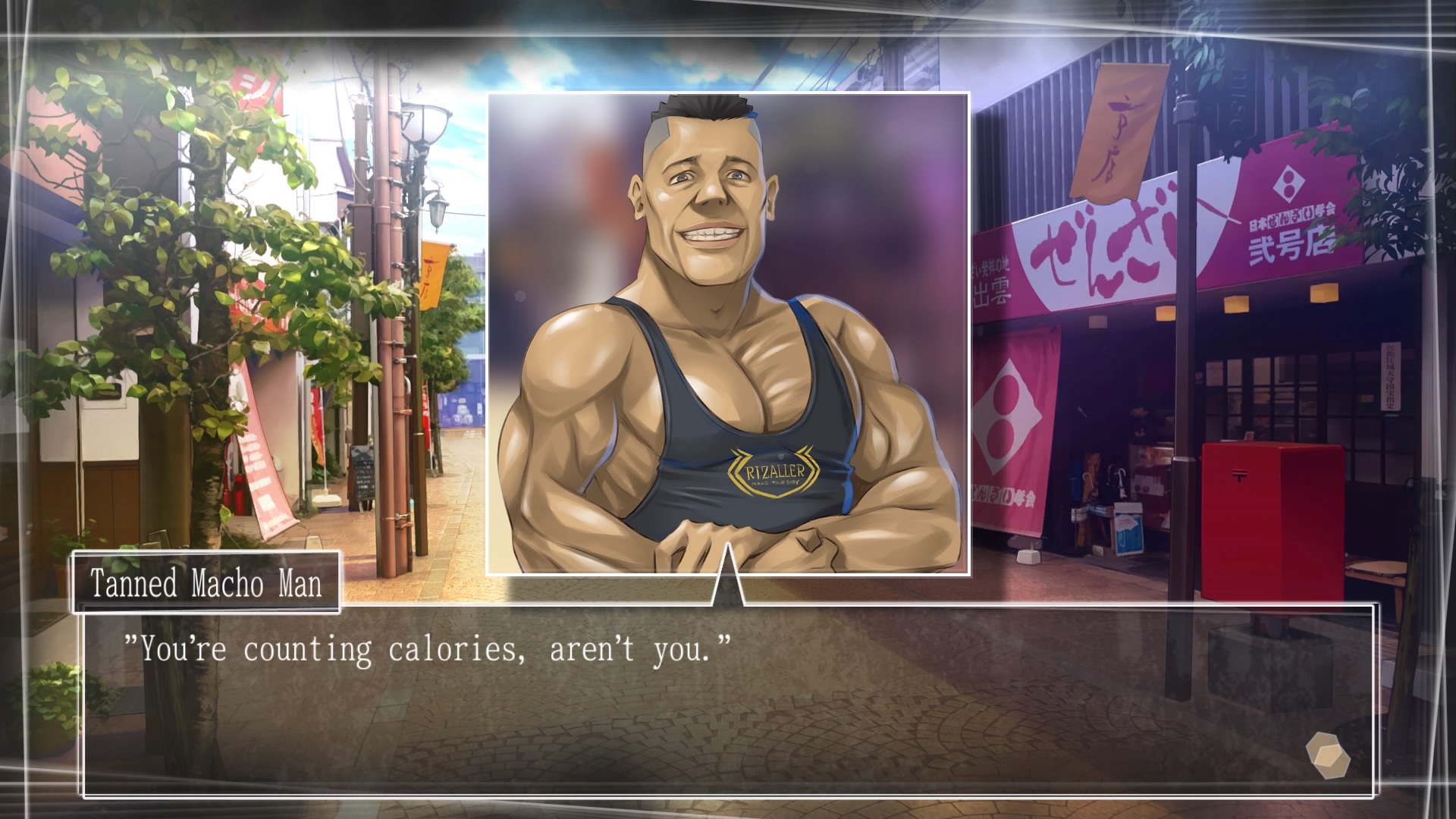
-
Root Letter Revoo #14
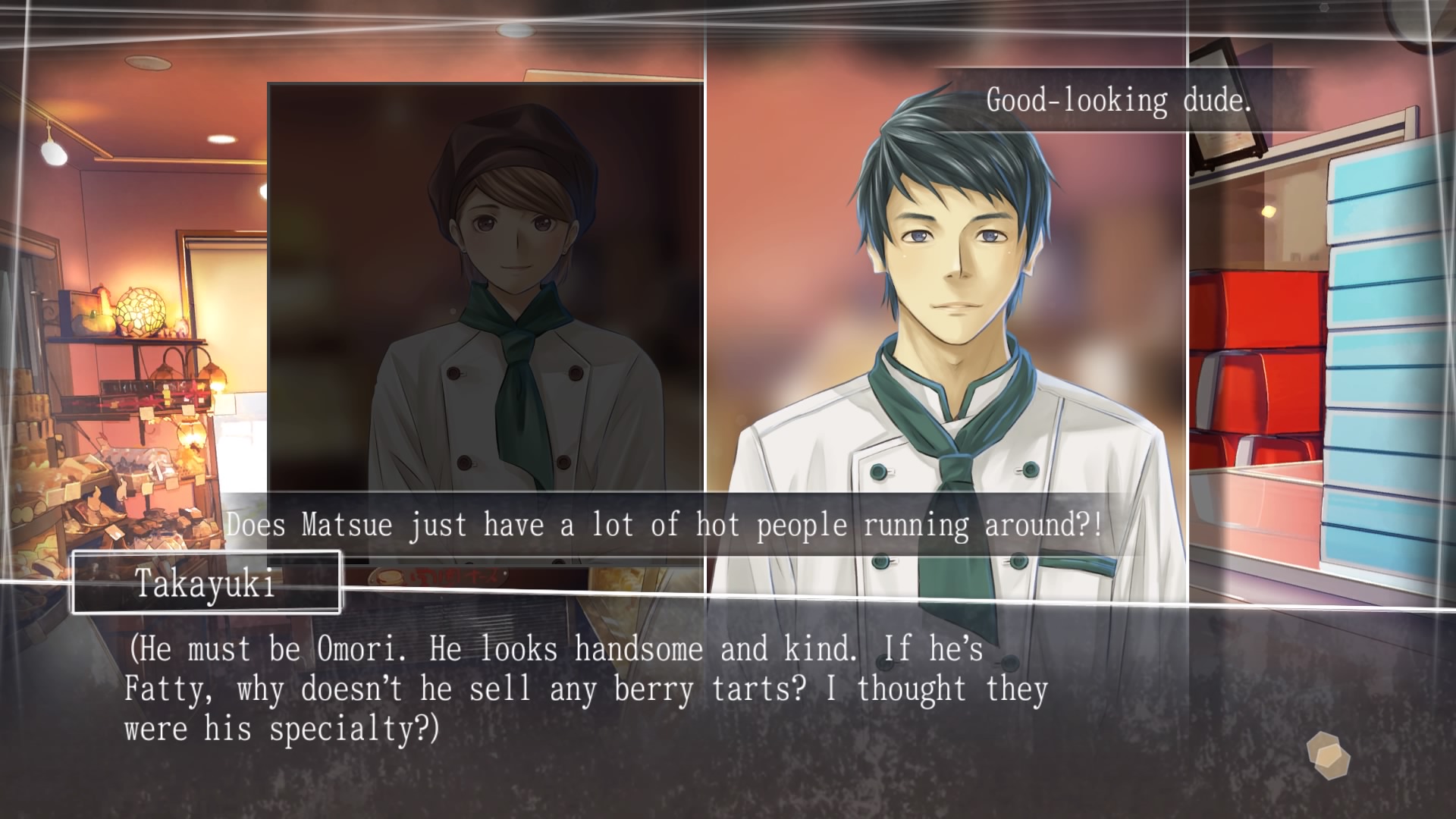
-
Root Letter Revoo #15
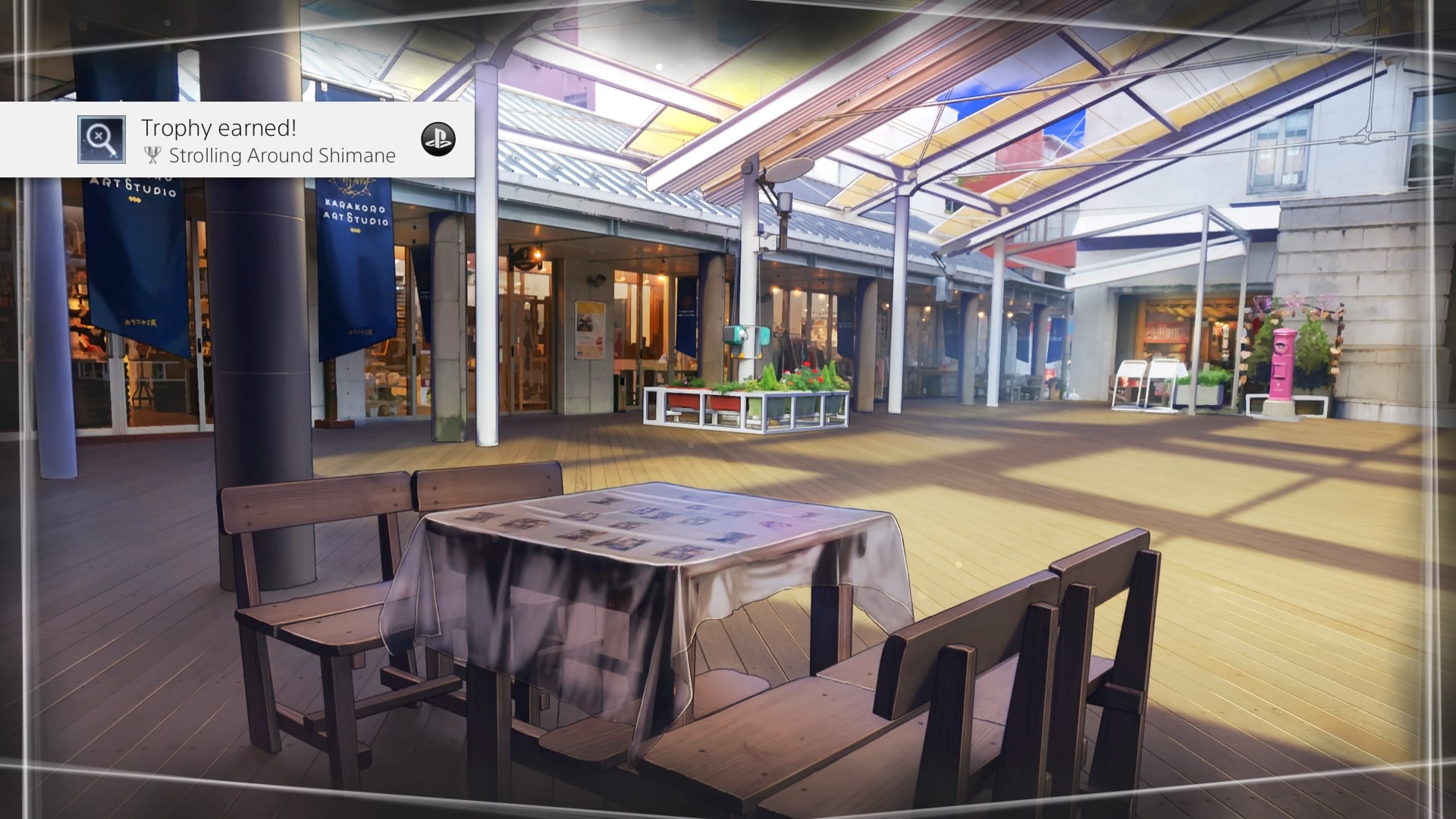
-
Root Letter Revoo #16
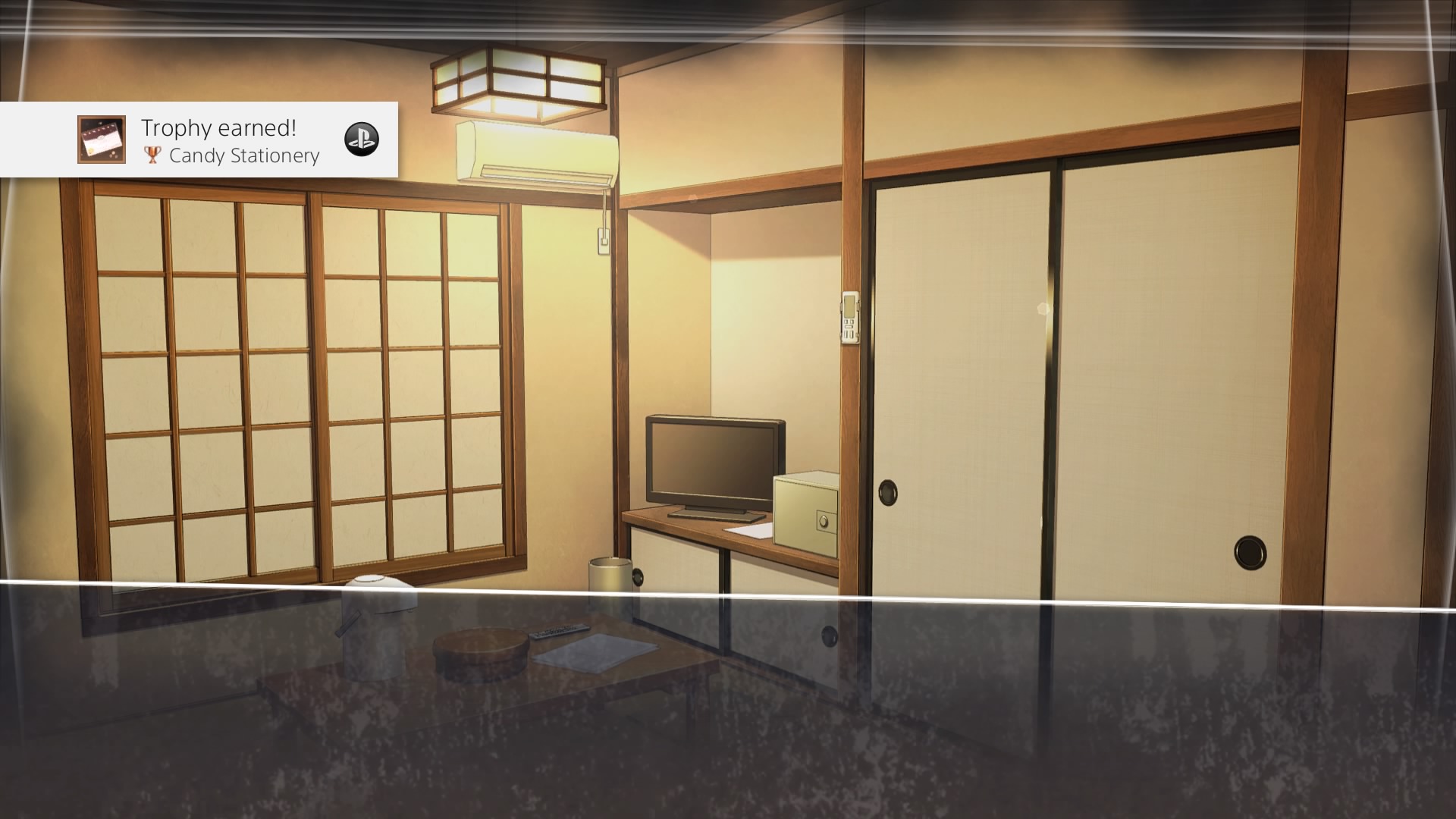
-
Root Letter Revoo #17
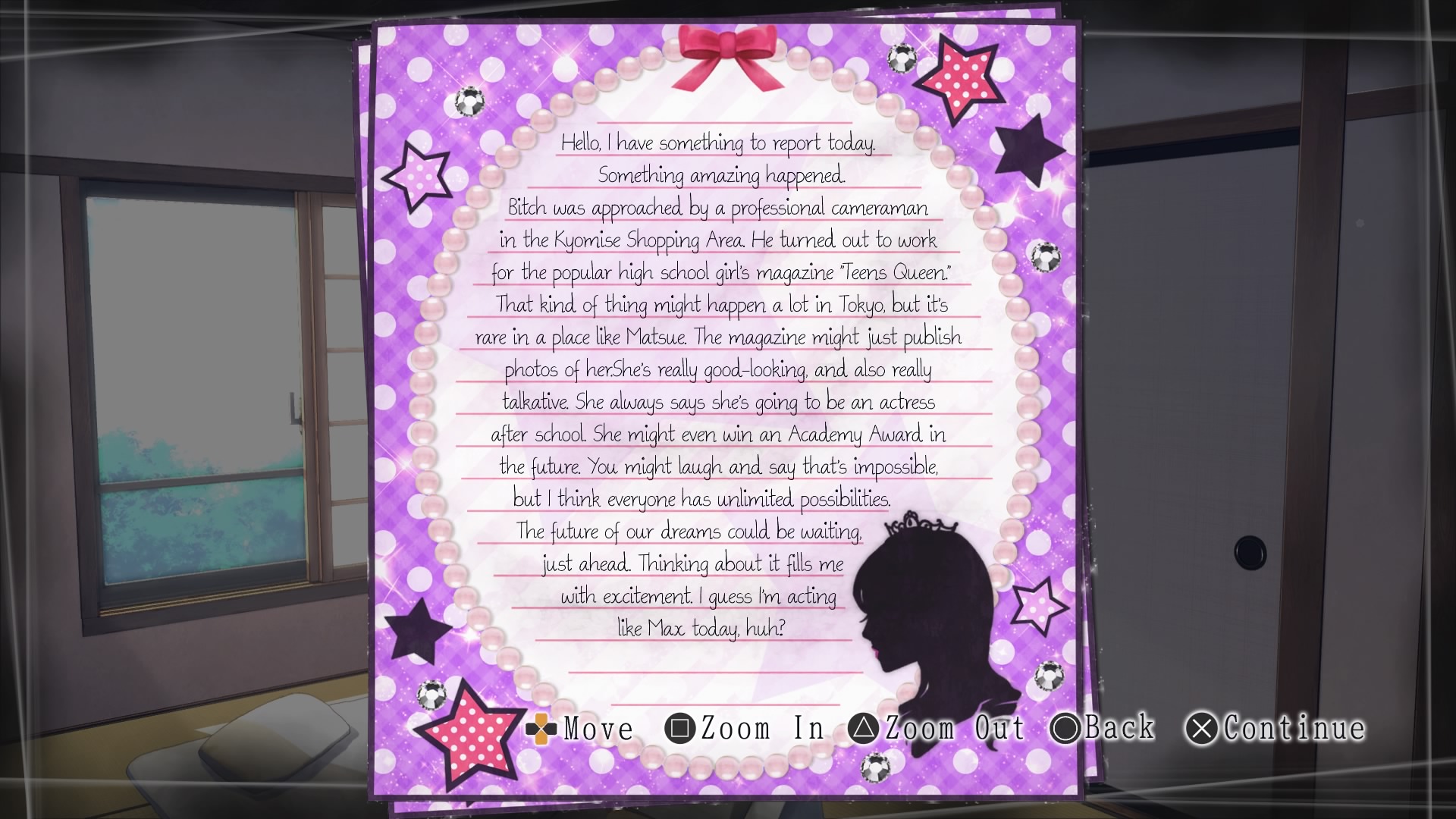
-
Root Letter Revoo #18
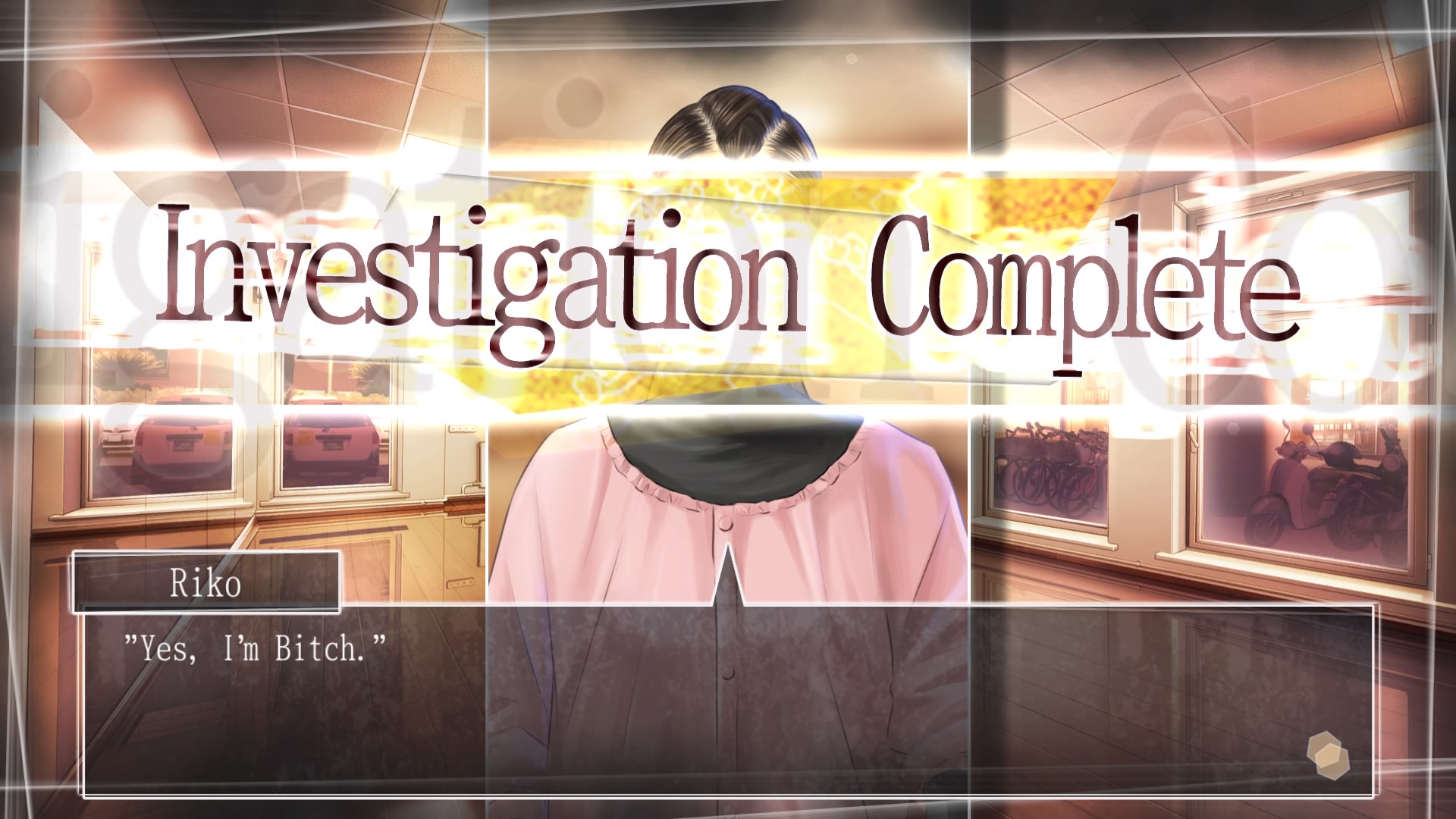
-
Root Letter Revoo #19
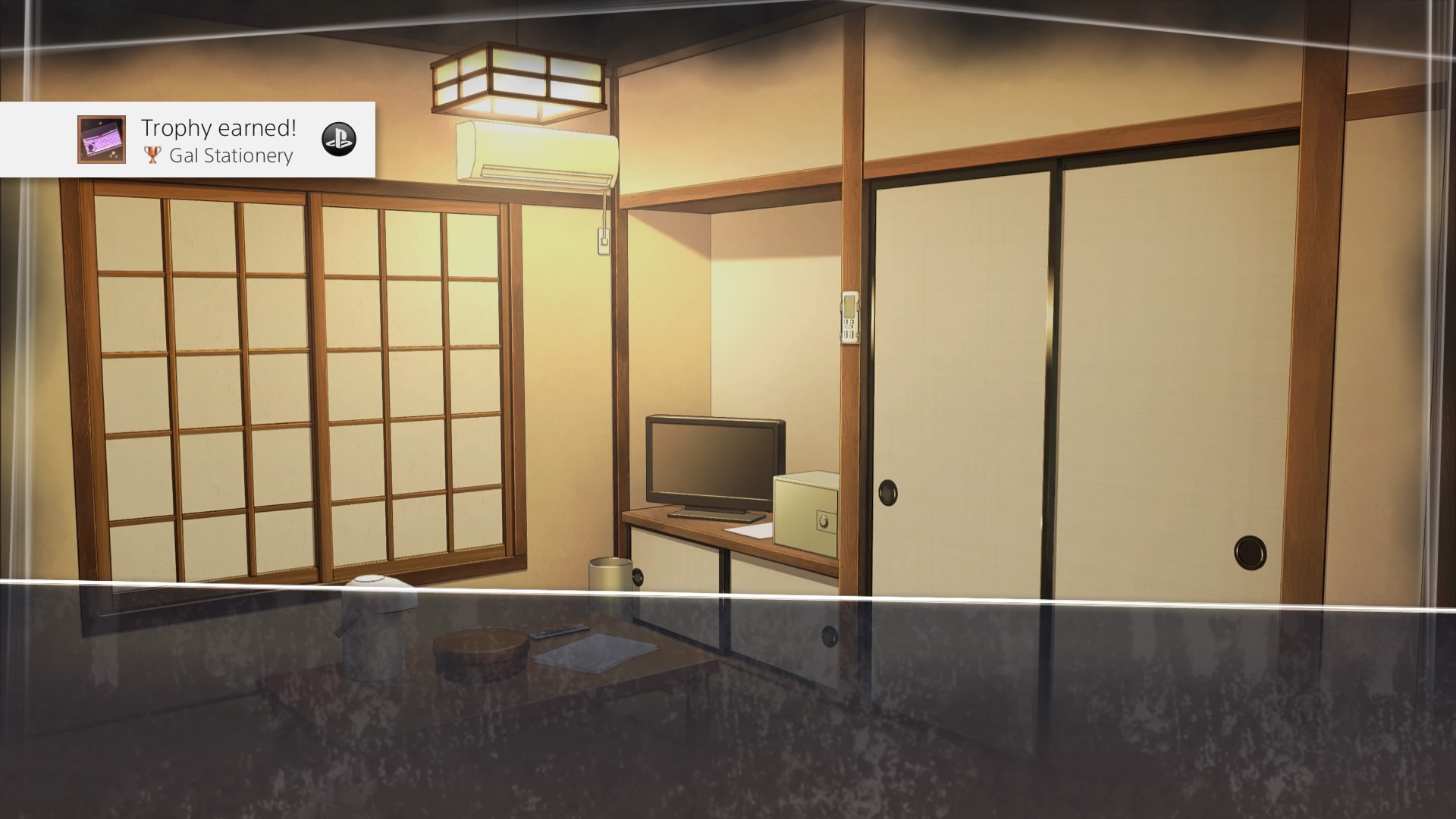
-
Root Letter Revoo #20
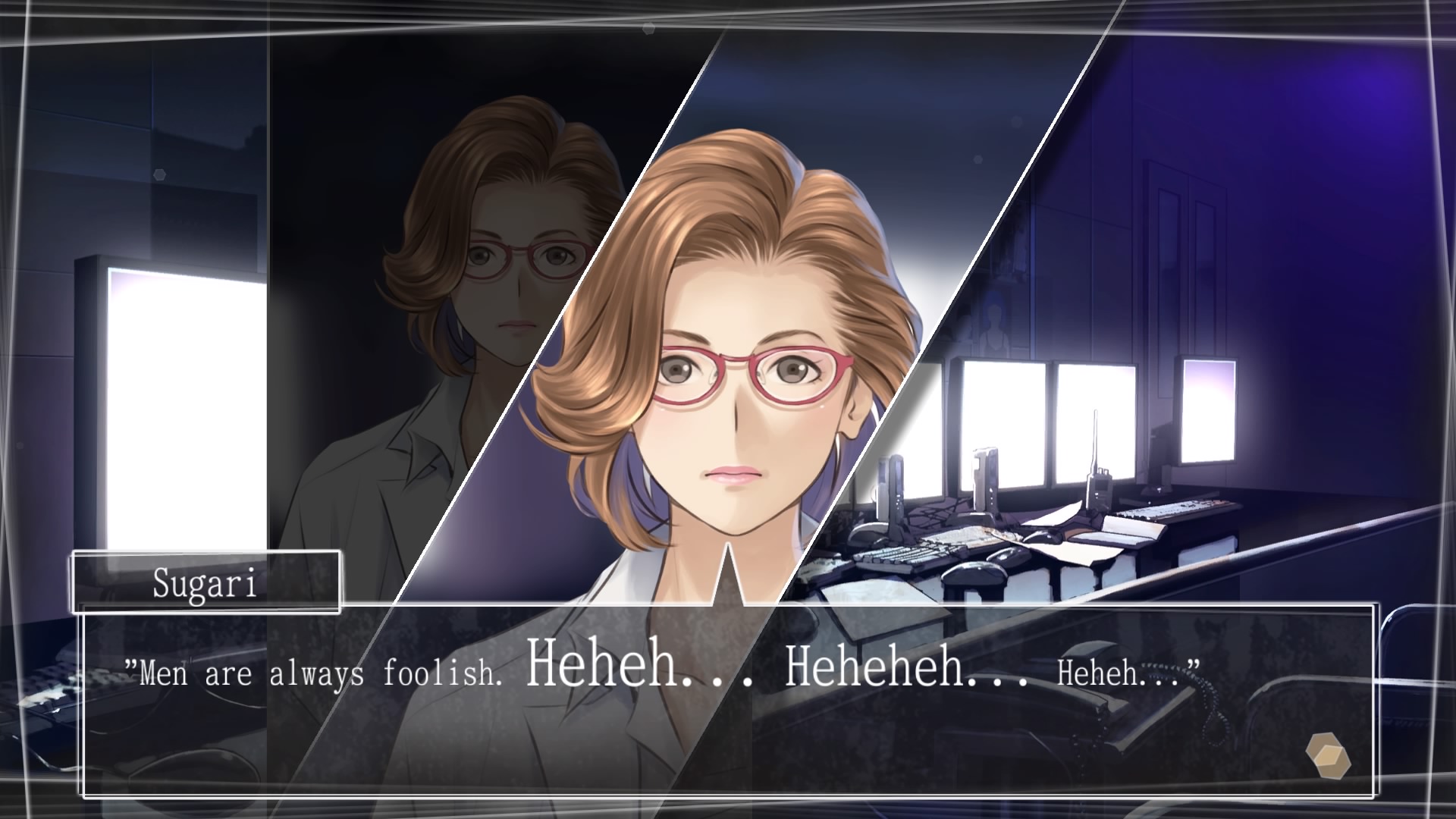
-
Root Letter Revoo #21
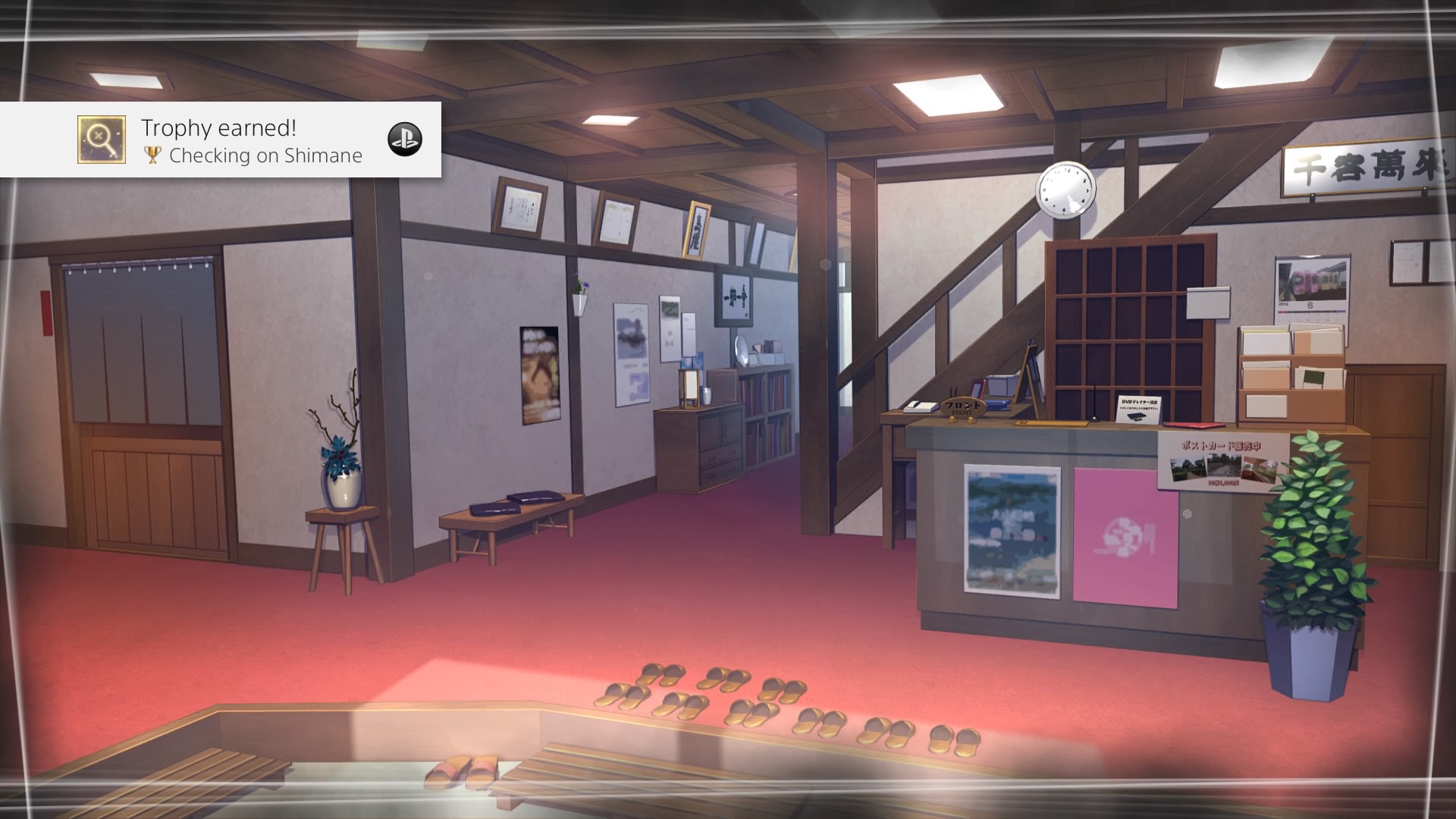
-
Root Letter Revoo #22
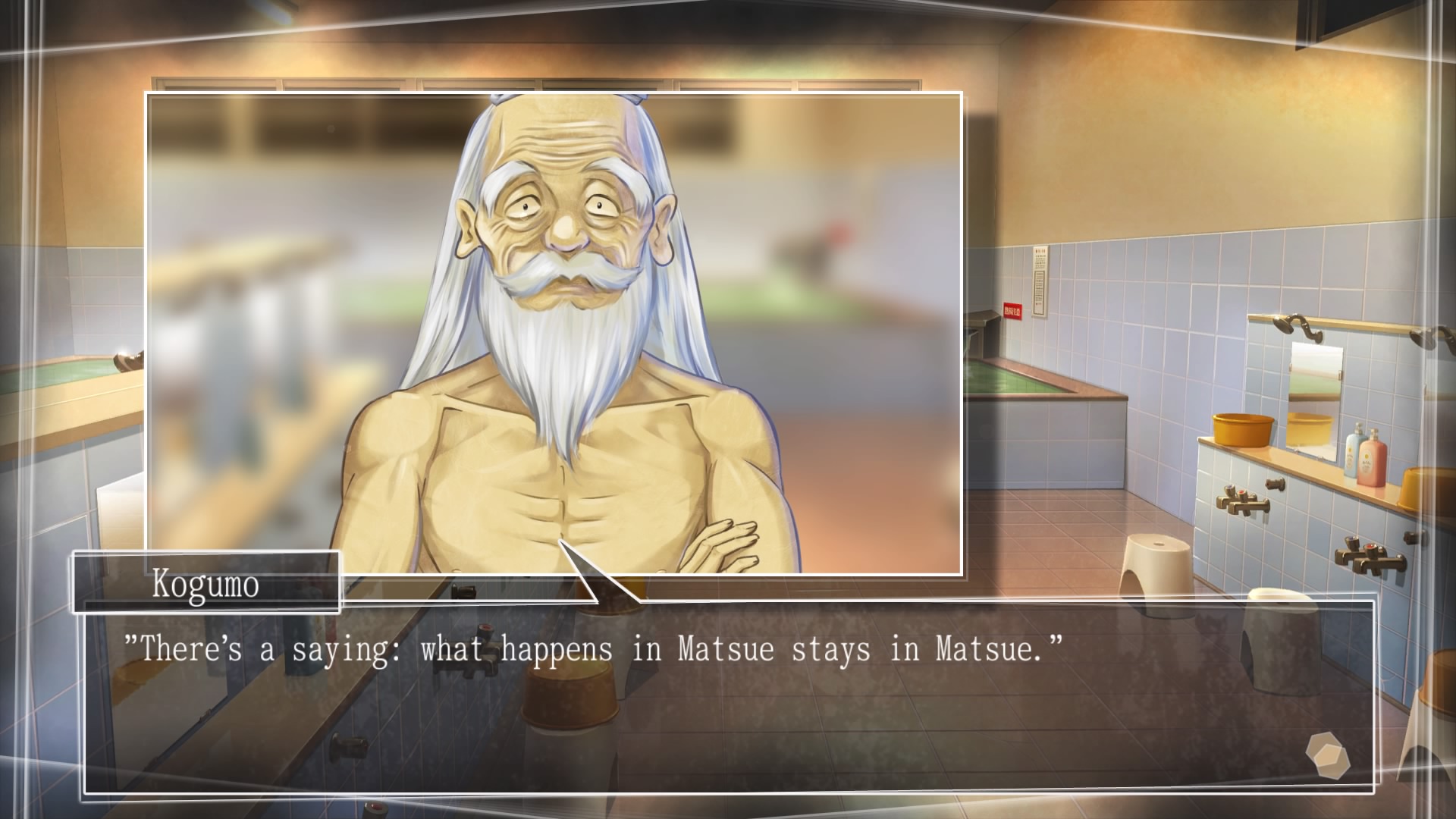
-
Root Letter Revoo #23
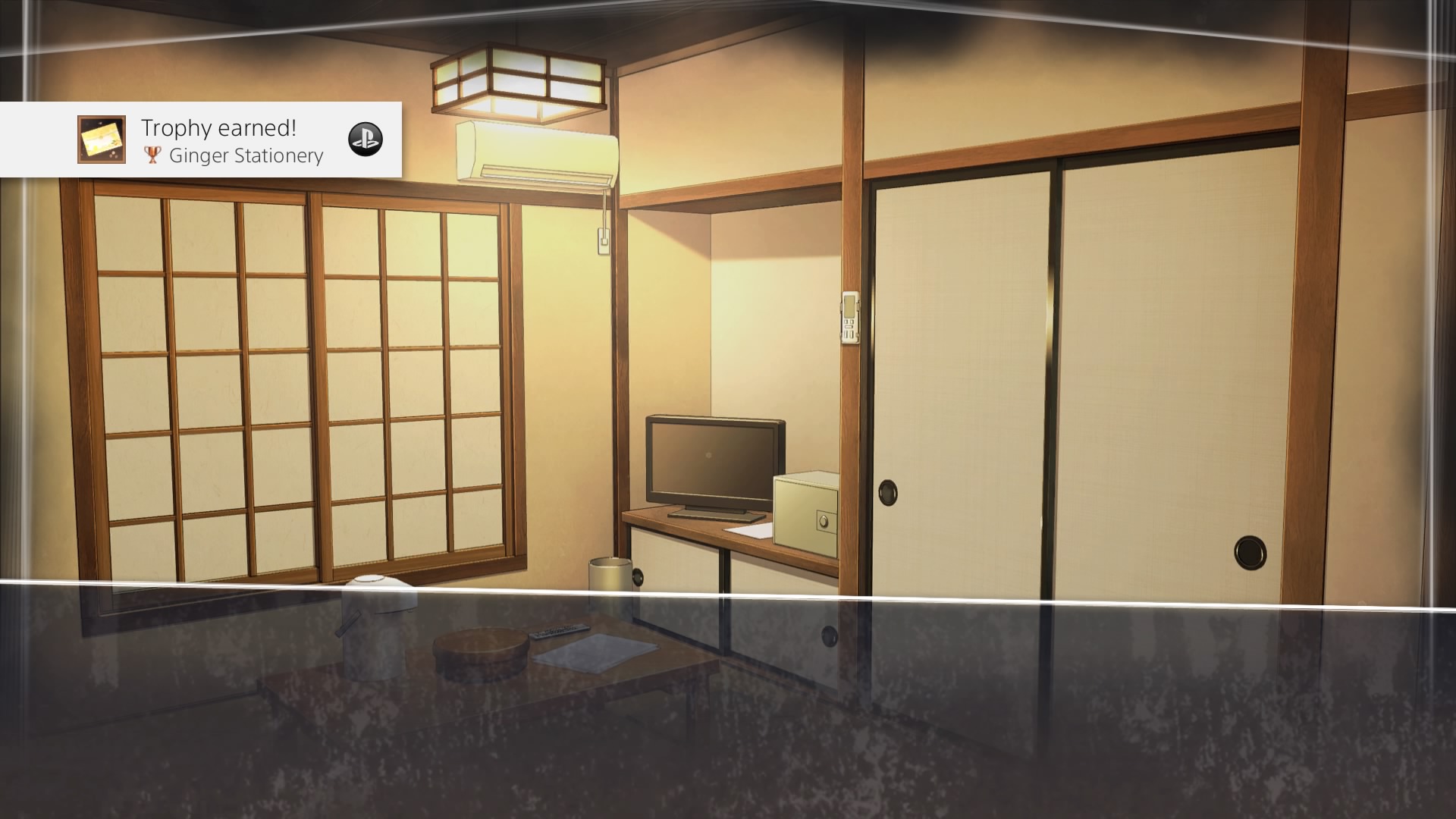
-
Root Letter Revoo #24
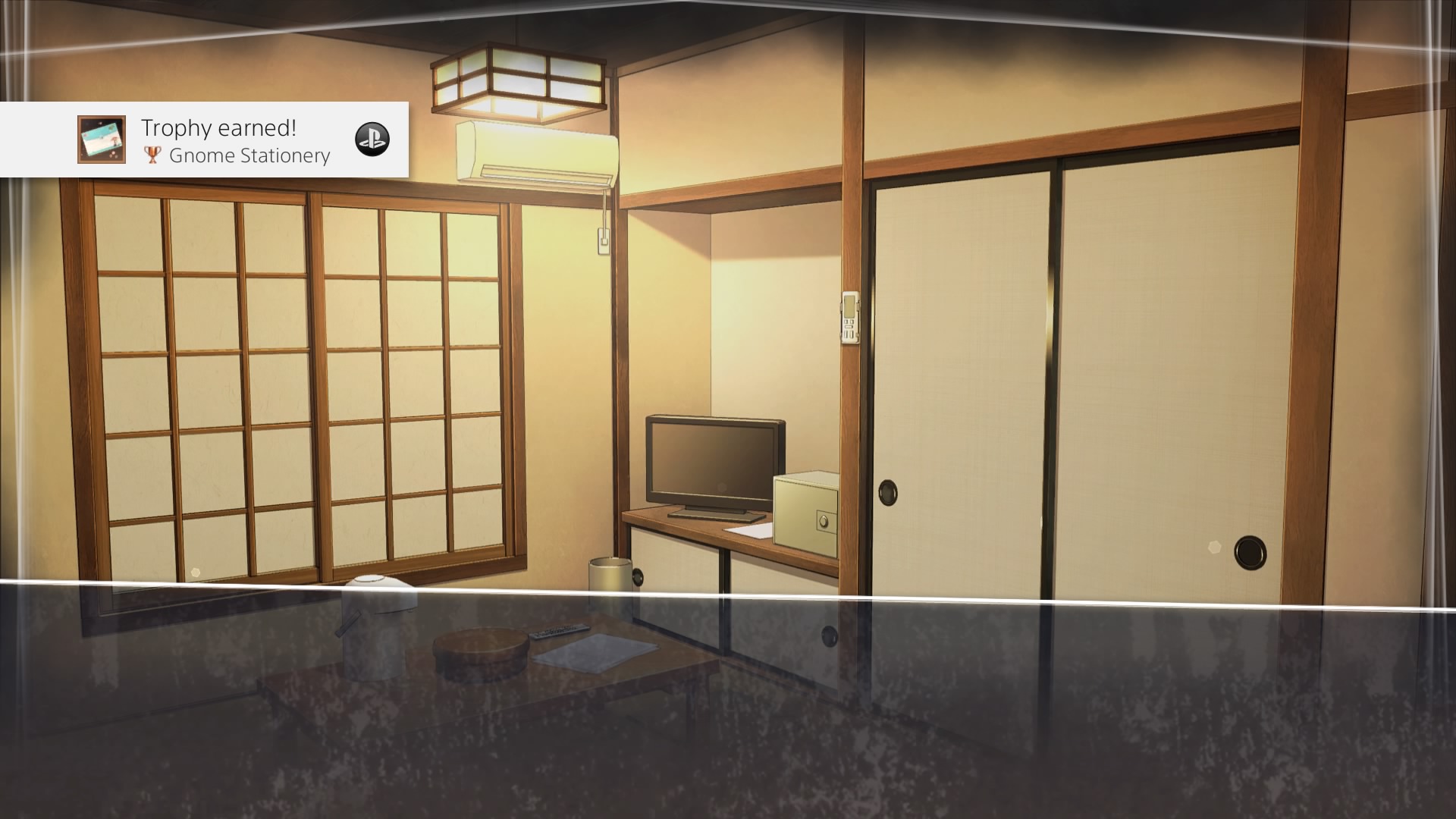
-
Root Letter Revoo #25
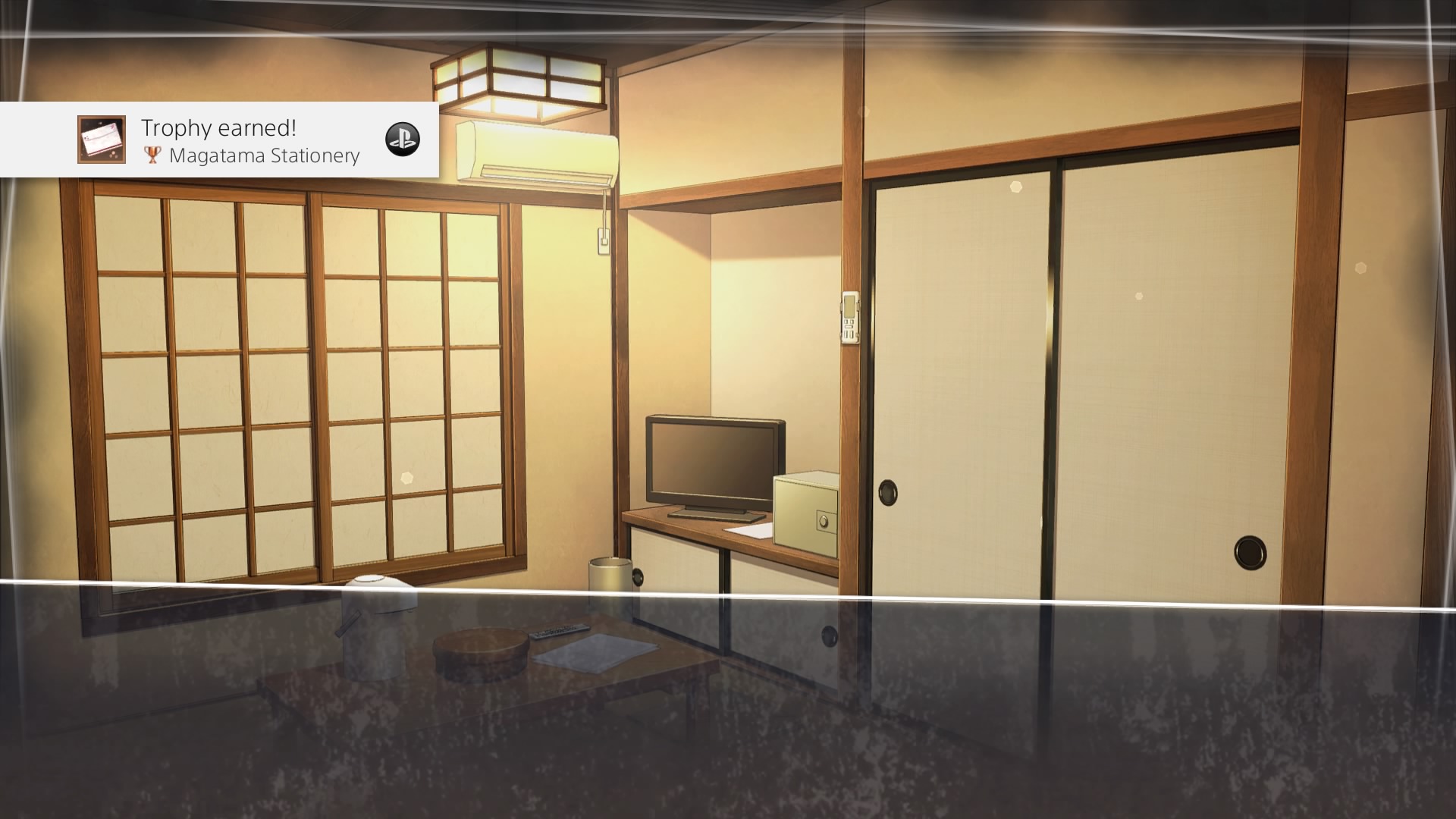
-
Root Letter Revoo #26
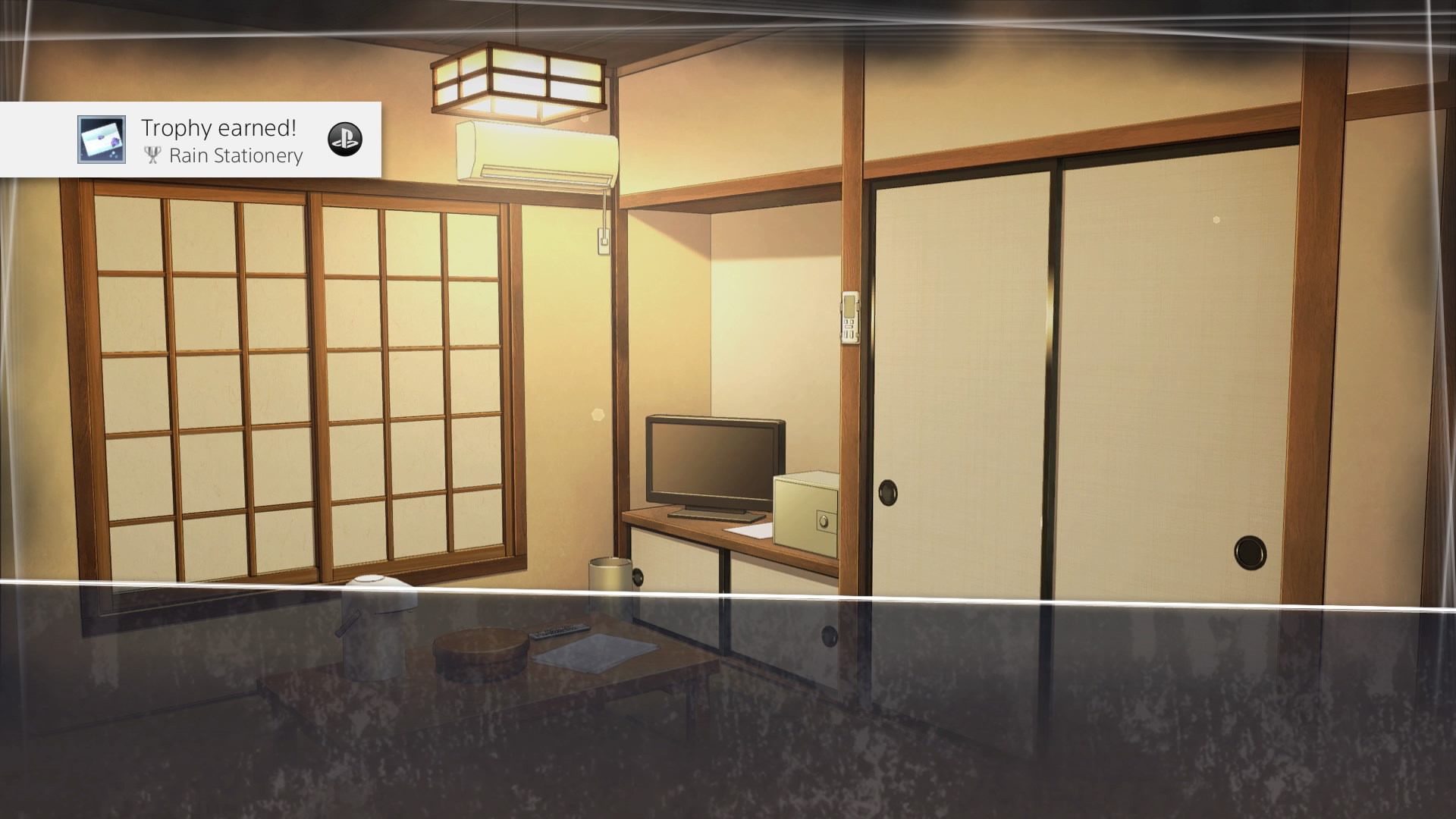
-
Root Letter Revoo #27
